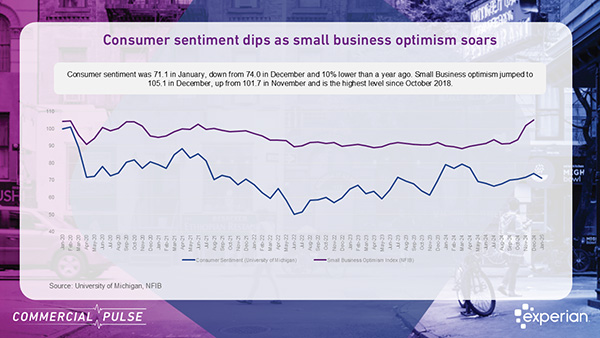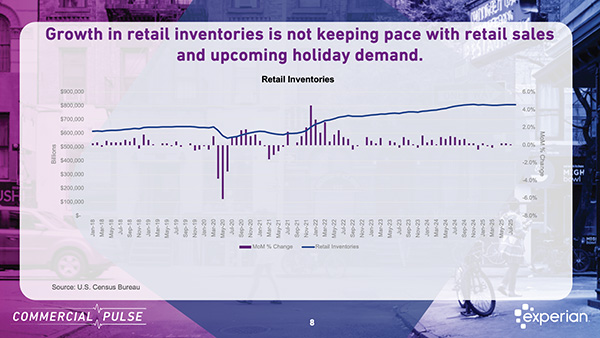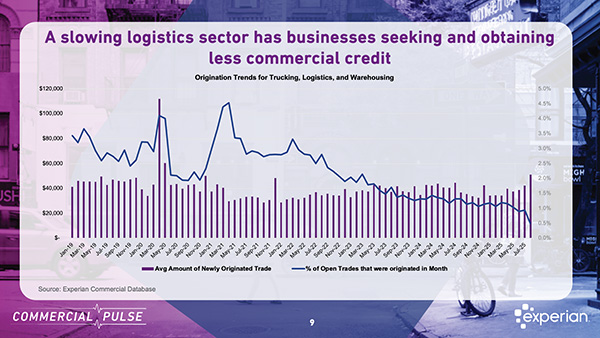Experian Commercial Pulse Report Explores Implications of Rising Premiums
As the year draws to a close, one issue looms large for millions of small business owners: the rising cost of healthcare. According to the latest Experian Commercial Pulse Report, small business survival may soon hinge on a single factor — whether enhanced Affordable Care Act (ACA) subsidies are extended into 2026.
Watch the Commercial Pulse Update
The Clock Is Ticking on ACA Subsidies
The American Rescue Plan and Inflation Reduction Act temporarily expanded ACA subsidies, helping make coverage more affordable for millions. But those enhancements are set to expire at the end of 2025 — a policy shift that could unleash a wave of economic strain.
The Kaiser Family Foundation estimates that if these subsidies lapse, individuals who purchase insurance through the ACA marketplace could see a 75% increase in premiums.
Why does this matter so much for small businesses? Because half of all ACA marketplace enrollees are small business owners, entrepreneurs, or their employees.
Coverage Is Shrinking, and Costs Keep Climbing
Smaller businesses have historically been less likely to offer health insurance benefits than their larger counterparts. In 2025, only 64% of businesses with 25 to 49 employees offer health benefits — the lowest level ever recorded.
And while large employers are still required by the ACA to offer coverage to full-time workers, they too are feeling the pressure. Since 2010, employers have gradually reduced the share of healthcare premiums they cover, even as deductibles have risen by 164% for single coverage plans.
The result? Business owners are being squeezed from both sides — by rising insurance costs and a more financially stressed workforce.
The Ripple Effects Could Be Widespread
If enhanced subsidies aren’t renewed, many small businesses may have no choice but to:
Shut down operations
Cut staff
Shift jobs into larger organizations that can offer coverage
That would be a blow not only to small business dynamism but also to broader economic sectors. Reduced consumer spending could hit industries like retail, real estate, and manufacturing, while healthcare providers face payment cuts and job losses due to shrinking coverage pools.
What’s Next?
With Congress set to vote on subsidy extensions before the end of the year, the stakes couldn’t be higher. The outcome will likely define affordability, access, and entrepreneurship for years to come.
For small business owners, now is the time to assess your coverage plans, understand your employee needs, and prepare for potential cost increases. For policymakers and industry leaders, it’s a critical moment to ensure healthcare reforms continue to support the backbone of the U.S. economy — small businesses.
Experian continues to provide actionable data to help businesses, lenders, and policymakers navigate uncertainty. To access the full Commercial Pulse Report and explore more insights on small business credit and sector-specific performance:
✔ Visit our Commercial Insights Hub for in-depth reports and expert analysis.
✔ Subscribe to our YouTube channel for regular updates on small business trends.
✔ Connect with your Experian account team to explore how data-driven insights can help your business grow.
Download the Commercial Pulse Report
Visit Commercial Insights Hub
Related Posts




